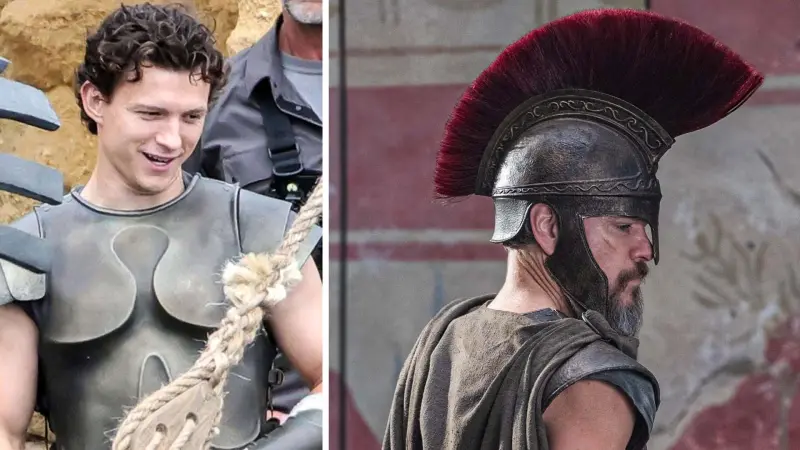Palestinian laborers in the Gaza Strip have stumbled upon a sizable Roman-era cemetery with dozens of graves. Archaeologists have determined that the largest find of its sort in Gaza contains treasures that are roughly 2,000 years old, including two lead sarcophagi.
A 2,000 year old cemetery has been discovered in the Gaza Strip (Image: AFP via Getty Images)
The site was first discovered by the employees last year while they were working on a housing project in the northern part of the Strip that was funded by Egypt. Since then, teams have worked under the direction of French experts to excavate a 2,700 square meter area. What was once a plain-looking construction site has now been transformed into a treasure trove for historians trying to learn more about the area.
Due to its location on historic trade routes between Egypt and the Levant, Gaza has a lengthy history. However, a number of recent events, including the occupation by Israel, Hamas' takeover, and growing urbanization, have put the history of the besieged region in peril. A total of 75 additional graves have been located since the initial finding of 60 in January, several of which have undergone investigation.
The dig's director, a French archaeologist named Rene Elter, stated: “All of these tombs have almost already been excavated and have revealed a huge amount of information about the cultural material and also about the state of health of the population and the pathologies from which this population may have suffered.”
135 graves have been located at the site so far including two lead coffins ( Image: Majdi Fathi/NurPhoto/REX/Shutterstock)
“The discovery of lead sarcophagi here is a first for Gaza” Mr. Elter, the head of archaeology for Intiqal, a program run by nonprofit Premiere Urgence Internationale, exclaimed with excitement.
Due to the rarity of the lead tombs, Palestinian archaeologists including Fadel Al-Otul think social elites were interred at the location. In keeping with the Roman propensity to build cemeteries close to urban centers, Mr. Al-Otul indicated that the cemetery likely used to be situated inside of a city. Along with the sarcophagi, Mr. Elter's team is reconstructing skeletons and putting broken pieces of clay jars back together.
The remains will be returned to the Hamas-led Ministry of Antiquities and Tourism, according to Mr. Al-Otul, once the skeletons have undergone further analysis. "The Gazans deserve to tell their stories. Gaza boasts a plethora of potential archaeological sites, but monitoring each one, given the rapid pace of development, is no small feat."








